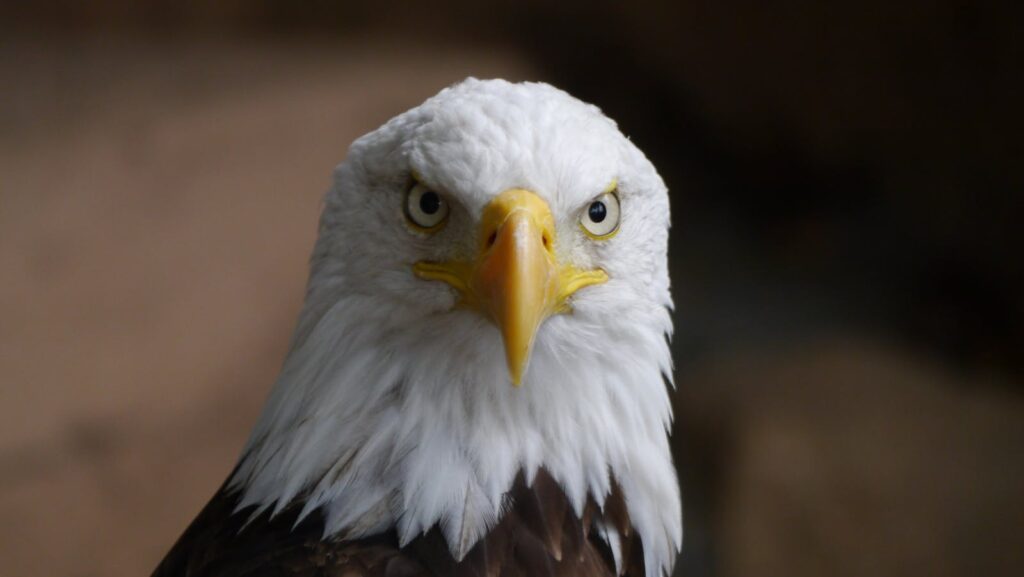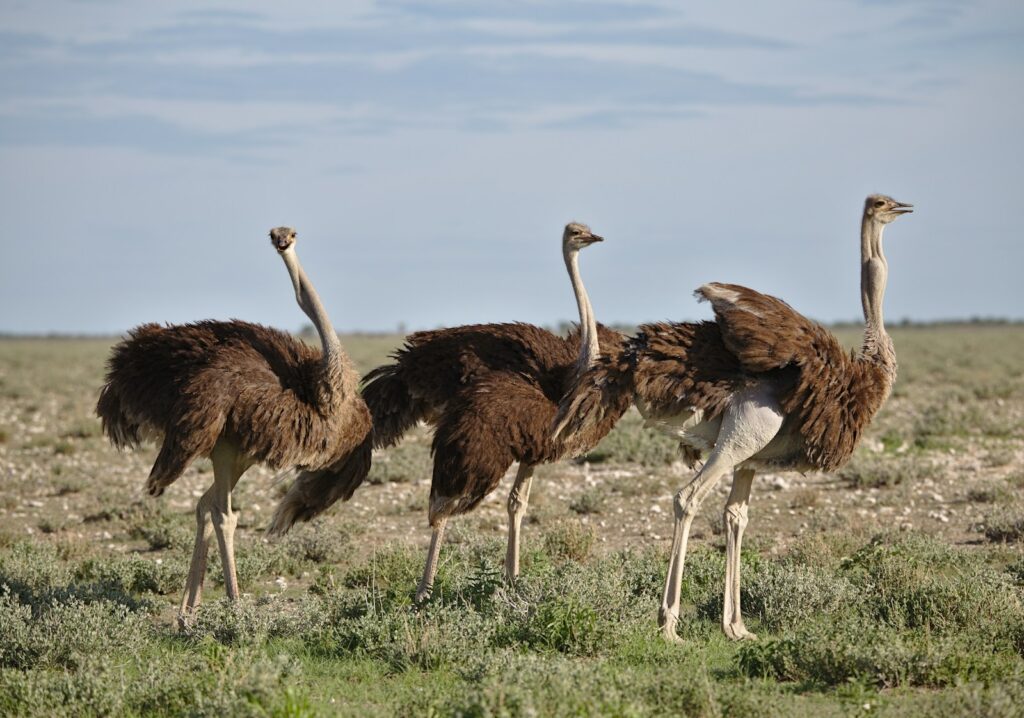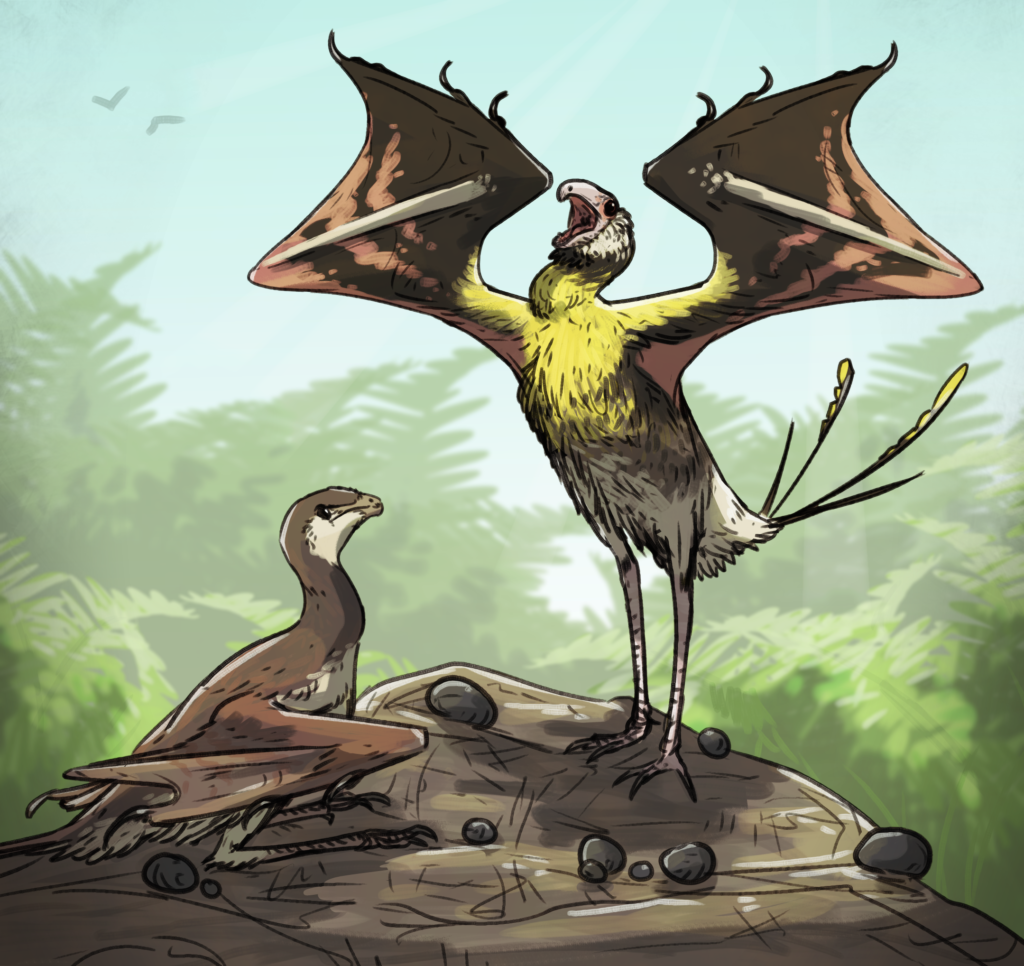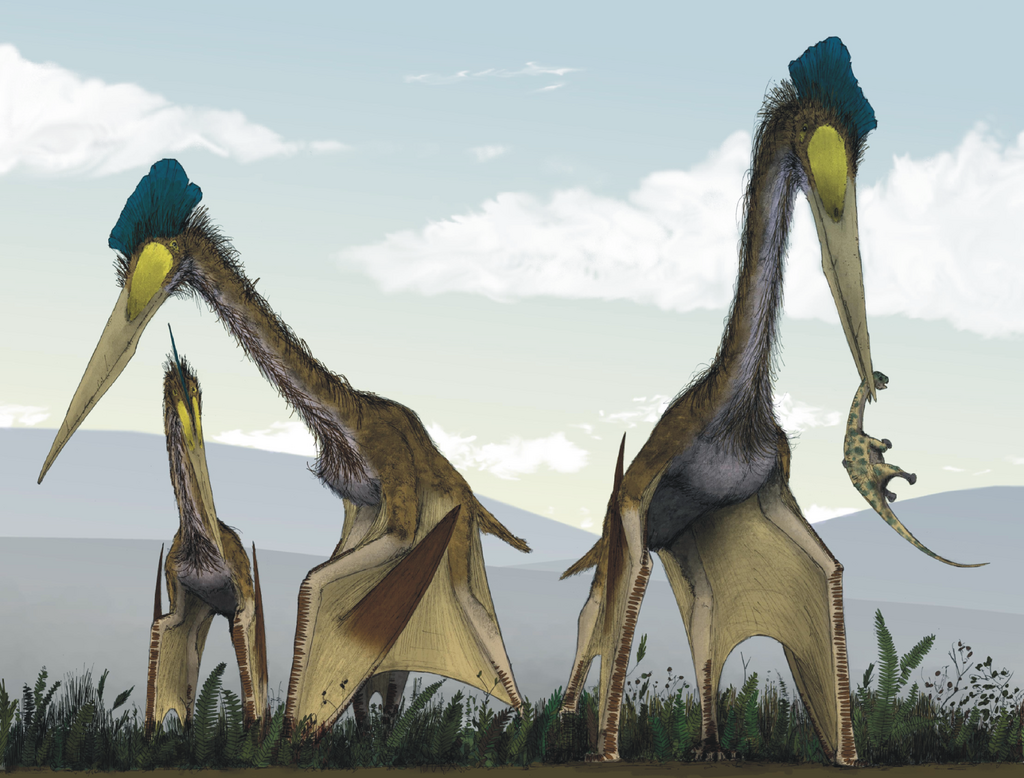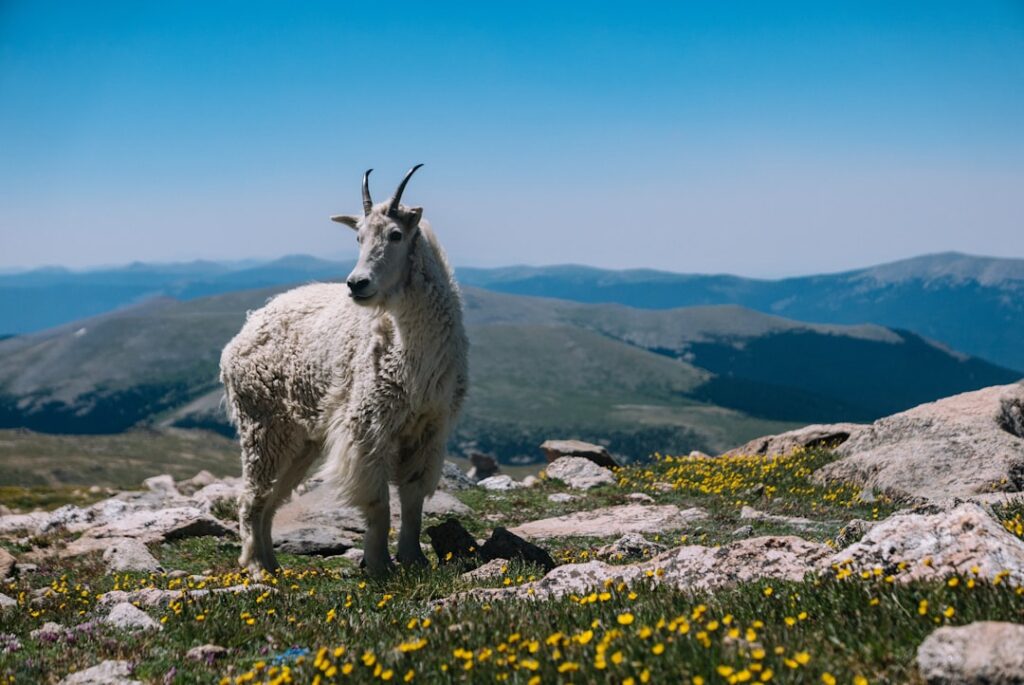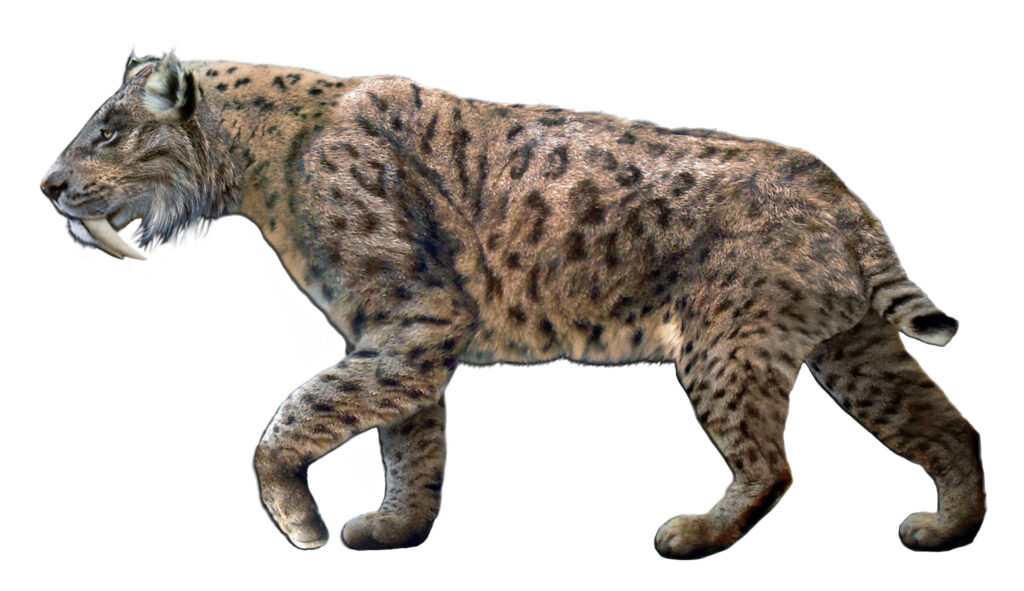Could Dinosaur DNA Hidden in Birds Unlock De-Extinction Technologies?
The notion of resurrecting long-extinct dinosaurs from genetic material has captivated the public imagination since Michael Crichton’s “Jurassic Park” brought the concept into mainstream consciousness. While the fictional scientists in the novel extracted dinosaur DNA from mosquitoes preserved in amber, real-world paleogeneticists are exploring a different avenue: the genetic legacy of dinosaurs that persists in ...


